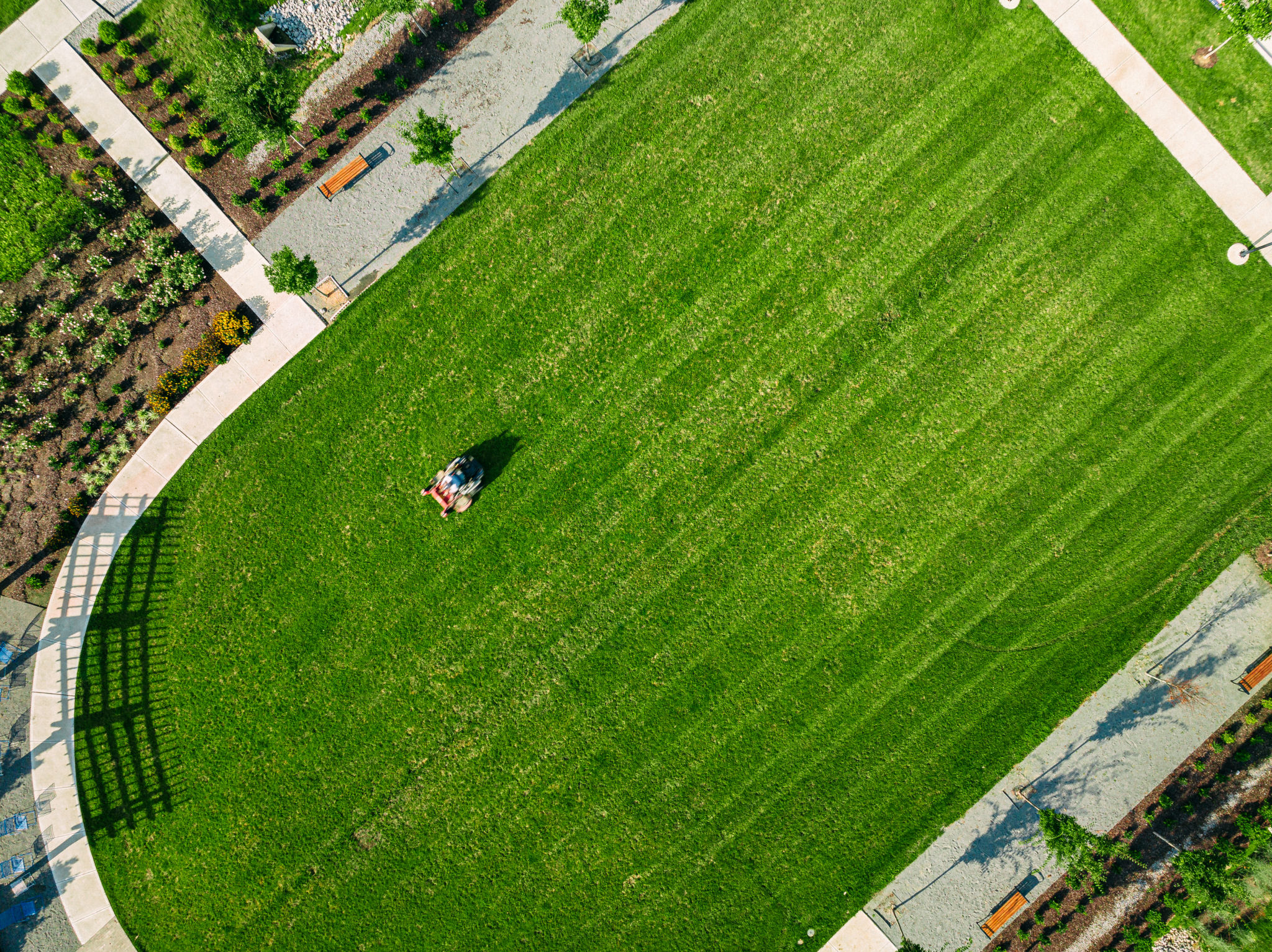How to Choose the Right Sod for Your Johnston County Lawn: A Seasonal Guide
Understanding Your Lawn’s Needs
Choosing the right sod for your lawn in Johnston County requires an understanding of your specific environmental conditions and lawn needs. The climate in this region is characterized by hot summers and mild winters, influencing your sod selection. It's important to consider soil type, sun exposure, and the intended use of your lawn when making your decision.
Begin by assessing the amount of sunlight your lawn receives. Some sod varieties thrive in full sun, while others are better suited for shaded areas. Additionally, the soil type—whether sandy, clay, or loamy—will affect the sod's root establishment and growth.

Choosing the Right Sod Type
In Johnston County, you have several sod options to choose from, each with its unique characteristics. Here’s a brief overview of popular choices:
- Fescue: Ideal for cool seasons, fescue is known for its adaptability to shade and varying soil types.
- Bermuda: This warm-season grass is resilient and thrives in sunny areas with high foot traffic.
- Zoysia: Known for its dense growth, Zoysia is drought-tolerant and suitable for both sunny and partially shaded areas.
Consider your lifestyle when selecting sod. If you have children or pets playing in the yard, Bermuda might be the best choice due to its durability.
Seasonal Considerations
The time of year plays a crucial role in sod selection and installation. In Johnston County, optimal sod installation times vary based on the type of grass:
- Spring: An excellent time for warm-season grasses like Bermuda and Zoysia. The warming temperatures encourage root growth and establishment.
- Fall: The best period for cool-season grasses like Fescue. Cooler temperatures and increased rainfall aid in rapid establishment.

Preparing Your Lawn for Sod Installation
Before laying sod, ensure your lawn is well-prepared to promote healthy growth. Start by clearing debris and weeds from the area. Conduct a soil test to determine if any amendments are needed to improve soil fertility and drainage.
Once the soil is ready, level the ground to provide a smooth surface for sod placement. This step will help avoid any air pockets that can impede root growth. Water the soil lightly before laying the sod to keep it moist and encourage adhesion.
Post-Installation Care
Proper care after installation is critical to ensure your new sod takes root effectively. Watering is essential; keep the sod consistently moist for the first two weeks. Gradually reduce watering frequency as roots establish.

Avoid heavy foot traffic on the newly installed sod until it has fully rooted. Once established, regular mowing and fertilization will maintain its health and appearance.
Conclusion
Choosing the right sod for your Johnston County lawn involves understanding your specific lawn conditions, selecting the appropriate sod type, and considering seasonal factors. With proper preparation and care, you can enjoy a lush, green lawn year-round.
